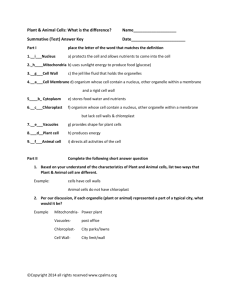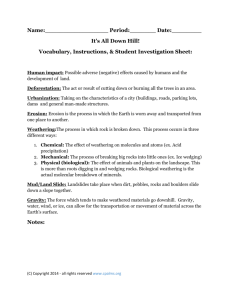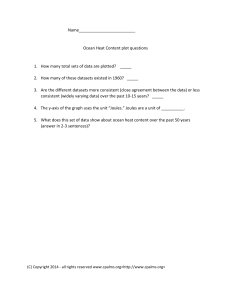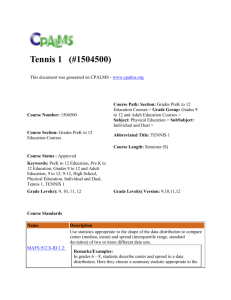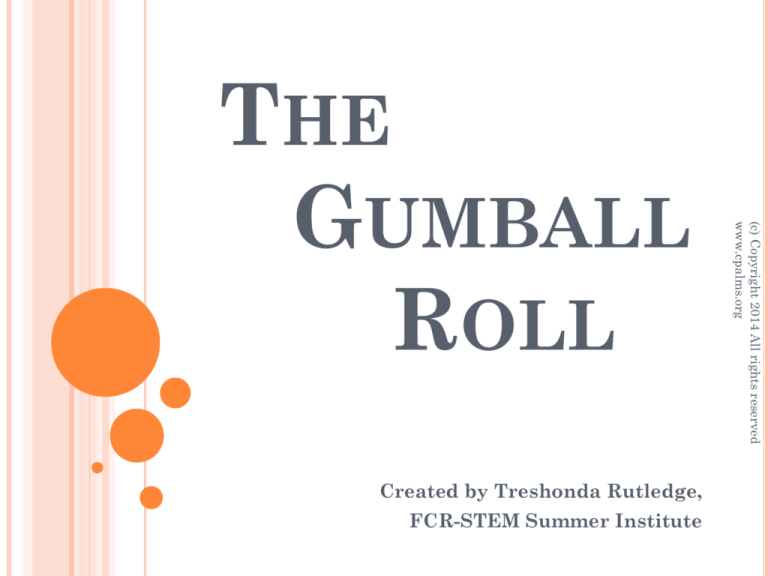
Created by Treshonda Rutledge,
FCR-STEM Summer Institute
(c) Copyright 2014 All rights reserved
www.cpalms.org
THE
GUMBALL
ROLL
ALGEBRA
STANDARDS (COMMON CORE)
MAFS.912.A-CED.1.2 : Create equations in two
or more variables to represent relationships
between quantities; graph equations on
coordinate axes with labels and scales.
Domain: Statistics & Probability: Interpreting
Categorical & Quantitative Data
Cluster: Interpret linear models - Algebra 1 Major Cluster
Content Complexity/Depth of Knowledge:
Level 2 (Basic Application of Concepts & Skills)
(c) Copyright 2014 All rights reserved
www.cpalms.org
PHYSICAL SCIENCE
STANDARDS (NGSSS)
SC.912.P.12.2. A: Motion can be measured and
described qualitatively and quantitatively. Net
forces create a change in motion. When objects
travel at speeds comparable to the speed of light,
Einstein's special theory of relativity applies.
Content Complexity/Depth of Knowledge:
Level 3 (Strategic Thinking & Complex
Reasoning) )
(c) Copyright 2014 All rights reserved
www.cpalms.org
LEARNING OBJECTIVES
(c) Copyright 2014 All rights reserved
www.cpalms.org
Construct and analyze graphs of motion from a set of data in
two variables
Identify and calculate slopes of lines from graphs of motion
Recognize and explain how the slope of a line describes the
motion of a real world object
Write a linear equation in slope-intercept form and point
slope form that models real-world data derived from a graph
Write an equation of a line that models data and/or use it to
make predictions. Calculate the speed of an object using the
speed formula (v= d/t)
Analyze the motion of an object in terms of its position (with
respect to a frame of reference) as a function of time.
Solve problems involving distance and speed.
Create and interpret linear graphs of 1-dimensional motion,
such as distance versus time given: a table of values, the xand the y-intercepts, two points, a point and the slope, or the
PREPARATION
TO CREATE RAMP
(c) Copyright 2014 All rights reserved
www.cpalms.org
PREPARATION
MATERIALS NEEDED PER SETUP:
(RECOMMEND 1 SETUP FOR EACH GROUP OF 3-4 STUDENTS.)
One .12 m x 1.2 m Plywood Strip
Two 1.2 m Wooden Dowels
Wood Glue or Hot Glue Gun
Permanent Marker (to denote intervals)
Masking Tape could be used to mark intervals as well.
Flat Surface (table)
Gumballs no greater than 3cm diameter
May substitute any round candy for gumballs
Stopwatch or Timer
5-6 Textbooks of equal height.
(c) Copyright 2014 All rights reserved
www.cpalms.org
I recommend square dowels but round will work.
Meter sticks could be used as well.
PRIOR KNOWLEDGE
(c) Copyright 2014 All rights reserved
www.cpalms.org
Before completing this lesson, students should know:
How to calculate slope and manipulate the slope formula
Basic graphing skills
How to solve a 2-step equation
How to take measurements
ASSESSMENTS
Formative Assessments
Teacher Observation
Teacher walks from group to group observing and posing
guiding questions to students.
W.G.O. Cards (What’s going on?)
Index Cards work great for this.
Teacher includes 2 or more index cards in lab kit.
WGO Card 1: What question do you have at this point?
WGO Card 2: What interesting observation can you share
at this point?
Teacher can throw as many WGO cards in at different
points in the lab. Student groups do not have to all stop to
answer at one time. WGO cards should be placed at specific
intervals throughout the lab.
(c) Copyright 2014 All rights reserved
www.cpalms.org
ASSESSMENTS
Summative Assessments
Lab Report (Included)
Exit Slip (Suggestions)
Could be given using clickers, pen and paper, index cards,
etc.
One similar scenario to be answered individually.
See Exit Slip
(c) Copyright 2014 All rights reserved
www.cpalms.org
Specific assessment of student mastery of concept.
Throughout the lab, specific questions are included to gauge
mastery of objectives.
Each student should complete his/her own report and
should record his/her data.
See rubric.
GUIDING QUESTIONS
(c) Copyright 2014 All rights reserved
www.cpalms.org
What are possible conditions that affect the speed of an object?
How can speed and velocity be represented on a graph?
How can you distinguish between speed and velocity?
FEEDBACK TO STUDENTS
WGO Cards
Students should be completing WGO cards
throughout the lab.
Teacher should walk around and discuss the WGO
Cards with the groups.
Teacher should try not to answer the WGO Question
card with a direct answer but with guiding questions
instead.
Teacher observation of Data
Teacher should be constantly visiting each group
throughout lab, posing H.O.T. (Higher Order
Thinking) questions or leading questions for
students.
(c) Copyright 2014 All rights reserved
www.cpalms.org
POE (PREDICT, OBSERVE, EXPLAIN)
POE Student Worksheet
POE Teacher Notes
(c) Copyright 2014 All rights reserved
www.cpalms.org
The teacher should guide the students through every phase of the
POE. For the Predict phase, the teacher should lead the students
through a demonstration to the point where they have just enough
information to formalize a prediction. The teacher should not give a full
demonstration until after the students have made predictions. The
Observe phase takes place right after students have made
predictions. The teacher now gives a full demonstration, after which,
students should record their observations. The last phase is the Explain
phase. The teacher should not give an explanation but allow the
students to explain their predictions.
EXPERIMENTATION/LAB
Student Lab Worksheet
Teacher Notes
(c) Copyright 2014 All rights reserved
www.cpalms.org
LAB SAFETY
Review a Lab Safety Slide via Power Point
Provide a Lab Safety Sheet with the Lab
DO NOT EAT
(c) Copyright 2014 All rights reserved
www.cpalms.org
NO running in the lab
Rulers, ramps and lab equipment must not be
played with or destructed
Gumballs are considered lab equipment
THE GUMBALL ROLL
https://www.youtube.com/watch?v=h2GI7ih3rWc
(c) Copyright 2014 All rights reserved
www.cpalms.org


